UNIS tbm de Luxe typewriter
During my childhood in the village I was learning to type on a typewriter. It was some electrical typewriter, "Yatran" if I recall it correctly.Recently I accidentally got mechanical Yugoslavian UNIS "tbm de Luxe" typewriter in a leather case - it seems they were very popular in USSR back in 1960-80's.
It is quite hard to type on it as it requires to hit keys with much higher force.
So blind 10-finger typing is impossible without lots of extra physical exercises :-)
Also scored 3 last typewriter ribbons from local e-shop. These were made in Belarus in 2013. It's surprising that typewriter ribbon is still in production (BTW manufacturer guarantee that it is good for only 2 years since manufacturing). Probably typewriters are still in use in some government agencies (due to secrecy?)
On this photo it is still with old ink tape:
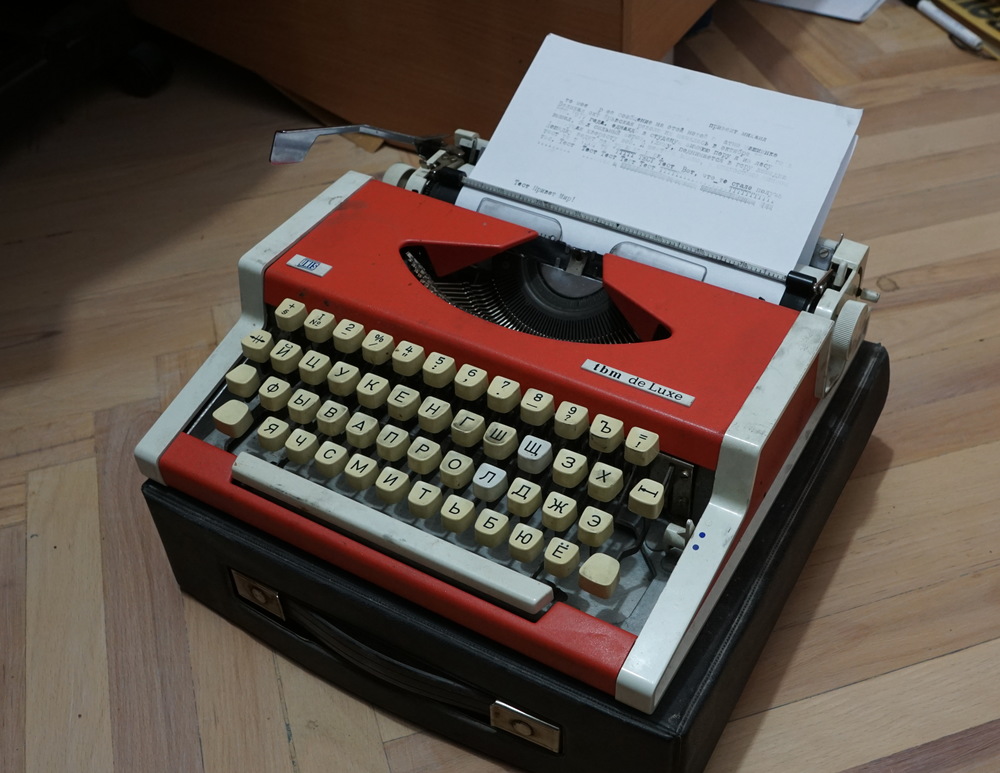
Sun photography
Today I bought Baader AstroSolar filter for sun observation - it reduces brightness by a factor of 100'000 (OD5).The following photo was made by Sony 500mm/F8 lens and A77ii - my first semi-transparent mirror camera: finally I can observe the sun without fear of retina burn if something happens with the filter.
Exposure which allows to see the spots is 1/800 at ISO100/F8, without filter it would require exposure of 1/80'000'000 seconds - which is unrealistic. Full 14-bit resolution is needed to see the spots without excessive noise. In the future it might be beneficial to normalize sun brightness variation across the area - this should help with the spots close to the edges.
Sun is currently near maximum of it's activity - but on this photo we can only observe 3 tiny spots, that's abnormally low. During maximum activity total number of spots could reach 250 - this should be more spectacular.
I remember first time when I tried to observe sun ~7 years ago with 50mm/30x spyglass and floppy disk "filter". I made a fatal mistake then: i placed "filter" on the eyepiece side, and obviously sun immediately burned through it as soon as I found the sun. Luckily, it didn't get retina burn that time.

Flying Flight Design CTLS
This weekend I was flying on Flight Design CTLS. This is fully composite 2-seat small airplane, empty weight is just 326kg. This airplane costs about 200k euro, 1 hour of rental in the air club is ~200$. According to our approximate calculations it eats about 7 liters of gasoline (AI-95) per 100km of flight, some actually use it to travel across Russia.On the video takeoff is at 3:45 , I am in control at 8:45 and landing at 11:45.
Among others flying same day my impression was the most neutral, apparently I am not going to be adrenaline addict. That was extremely interesting, but that's it. My interest was completely fulfilled.
I finally figured out that ailerons are much more useful than rudder. With ailerons you utilize maximum aerodynamic quality of the wings when changing direction of flight, while with rudder only fuselage is working, so you have aerodynamic quality of only 2-3 - this means you are loosing much more energy for the same rotation. It always felt unnatural that RC airplanes tend to use rudders for rotation, not ailerons.
Fake audiophile opamps: OPA627 (AD744?!)
 Walking around ebay I noticed insanely cheap OPA627's. It's rather old, popular and high-quality opamps, often used in audiophile gear. Manufacturer (Texas Instruments / Burr Brown) sells them 16-80$ each (depending on package & options) while on ebay it's cost was 2.7$, shipping included.
Walking around ebay I noticed insanely cheap OPA627's. It's rather old, popular and high-quality opamps, often used in audiophile gear. Manufacturer (Texas Instruments / Burr Brown) sells them 16-80$ each (depending on package & options) while on ebay it's cost was 2.7$, shipping included. Obviously, something fishy was going on. I ordered one, and for comparison - older one in metal can package, apparently desoldered from some equipment. Let's see if there is any difference.
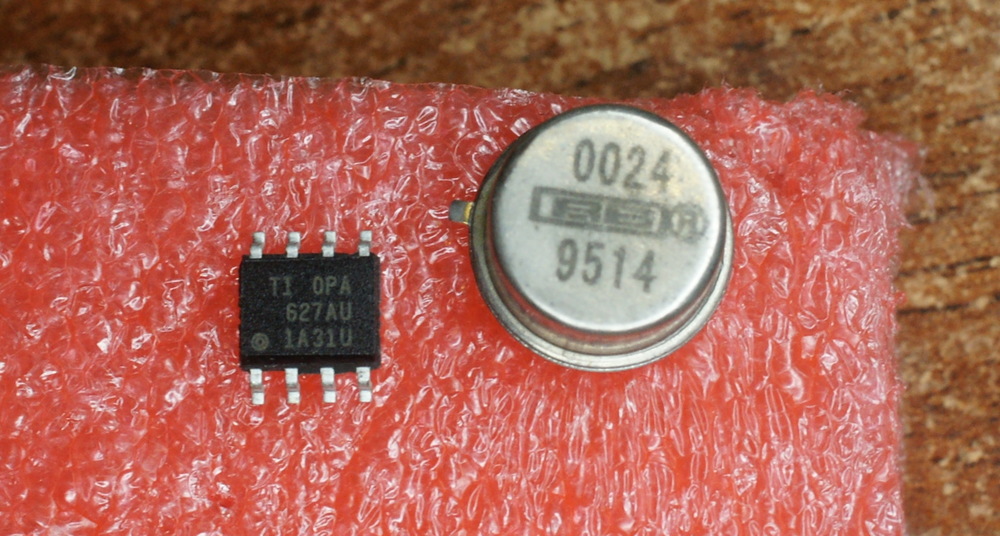 Read more on zeptobars.com →
Read more on zeptobars.com →My HeNe lasers
Recently I won HeNe laser tube on EBay, and seller from Germany surprisingly sent me 2 lasers instead of 1 :-) One is slightly newer (~2000), I even managed to find datasheet on manufacturer's website, another is older. Also I bought HV power supply - 2100-2900V, 6.5mA and 8000V during ignition. But the main issue for me was high-voltage ballast resistor - it is needed due to "negative resistance" of gas dischange, constant current power supply might not react fast enough. I had no any HV resistors, so decided to try 2512-SMD parts: they are rated for 500V voltage and 1W heat dissipation - so I will have to use them quite out of spec.Voltage drop across 200 kOhm resistor for 3mA current is about 600V, so it did not brake down even for mere 2 resistors in series, but heat dissipation was so high (~1.8W on small board without radiator) that resistors were floating in molten solder. Obviously, It was impossible to add radiator on my protoboard
 I increased number of resistors to 6 and reduced total resistance down to 150 kOhm - this allowed for prolonged laser operation without resistor overheating. Now I see that i probably used too high ballast resistor value - even 75kOhm would work just fine according to datasheet. FYI documentation also suggest to place ballast resistor as close as possible to anode of the laser for stable operation.
I increased number of resistors to 6 and reduced total resistance down to 150 kOhm - this allowed for prolonged laser operation without resistor overheating. Now I see that i probably used too high ballast resistor value - even 75kOhm would work just fine according to datasheet. FYI documentation also suggest to place ballast resistor as close as possible to anode of the laser for stable operation. I believe ballast resistors for CO2 lasers could be done the same way - but number of resistors must be like 10-30 times higher, and obviously on a single-sided board. One should remember that maximum heat dissipation for 2512 resistors is around 1W and temperature of whole ballast board should be monitored.
First laser started generating from 3.2mA (nominal current from datasheet - 6.5mA), second from ~4mA. I was measuring current using usual multimeter in the cathode wire - luckily it did not get fried during ignition

First laser:

FTDI FT232RL: real vs fake
For quite some time when you buy FTDI FT232RL chips from shady suppliers you have a good chance of getting mysteriously buggy chip which only works with drivers 2.08.14 or earlier. We've got a pair of such FTDI FT232RL chips - one genuine and one fake and decided to check if there is an internal difference between them. On the following photo - left one is genuine, right one is fake. One can notice difference in marking - on genuine chip it's laser engraved while on buggy it is printed (although this is not a universal distinguishing factor for other chips).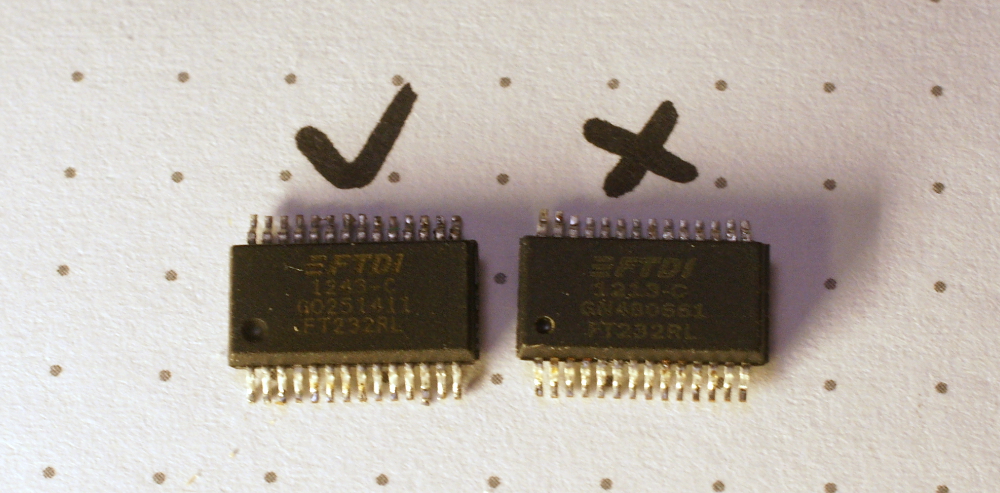 Read more on zeptobars.com →
Read more on zeptobars.com →Precision clock: rubidium atomic clock and Russian DOCXO
Recently I bought on ebay rubidium atomic reference clock for my precision time experimets (time drift per year under 50ms) and also double-ovenized 10Mhz quartz cristal oscillator from the same supplier (just for comparison, it was cheap as dirt).After I received them - was really surpried that DOCXO is made in Russia, Saint Petersburg by Morion company. So this DOCXO made a full trip around the world - from Russia to China and back


Supernova explosion in M82 galaxy
Just made a photo of supernova in M82 galaxy which exploded yesterday*. If things would go well, it will be getting brighter and brighter in the following 10 days or so.0.5m telescope aperture with 3 minutes exposure:

▶ And this is how it looked before explosion:





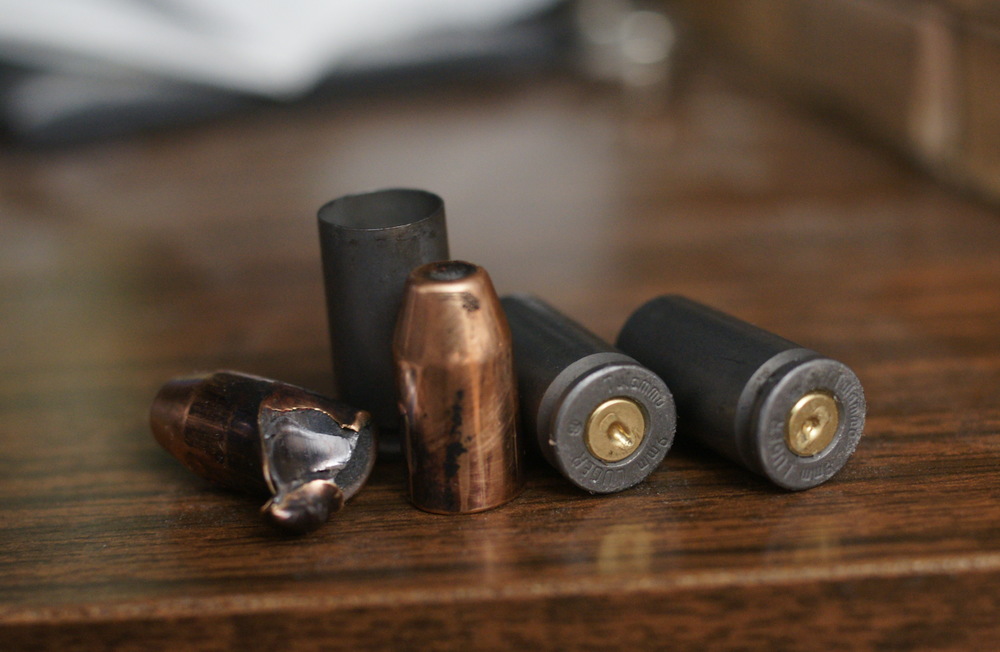
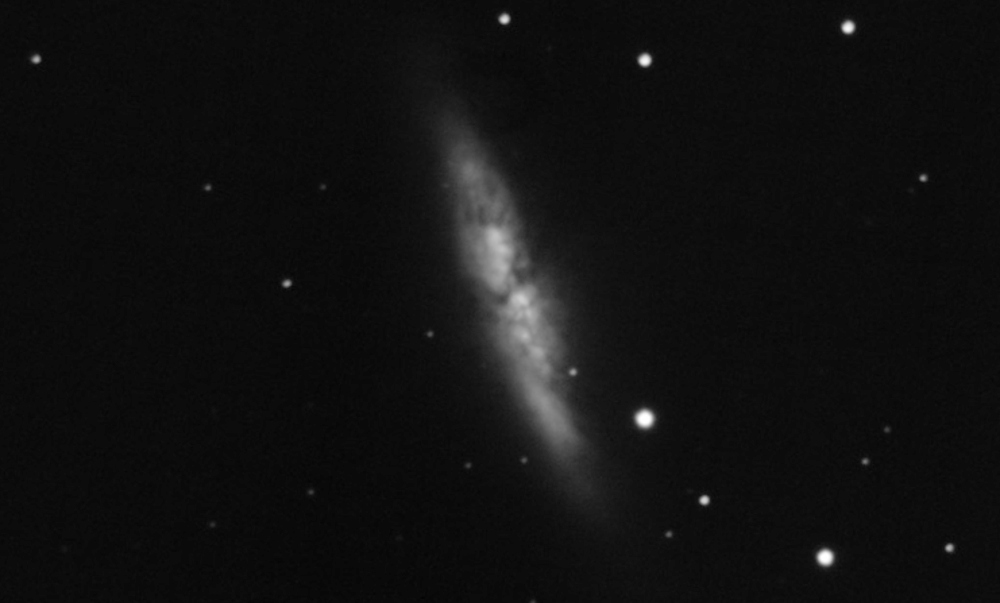

 @BarsMonster
@BarsMonster